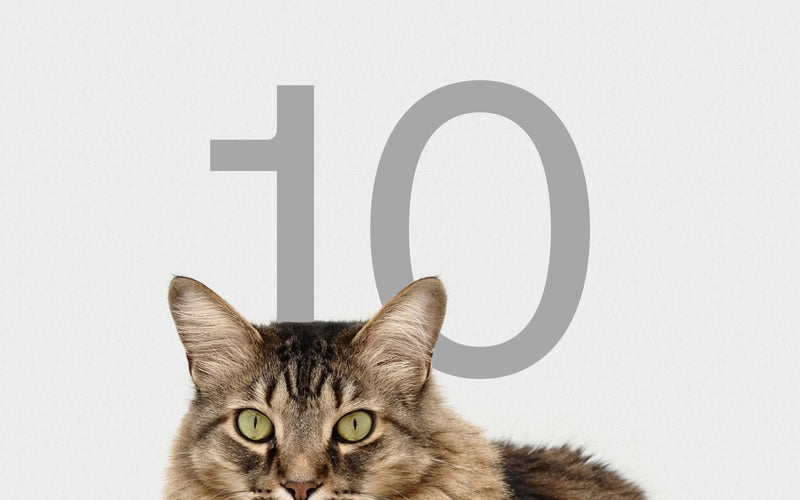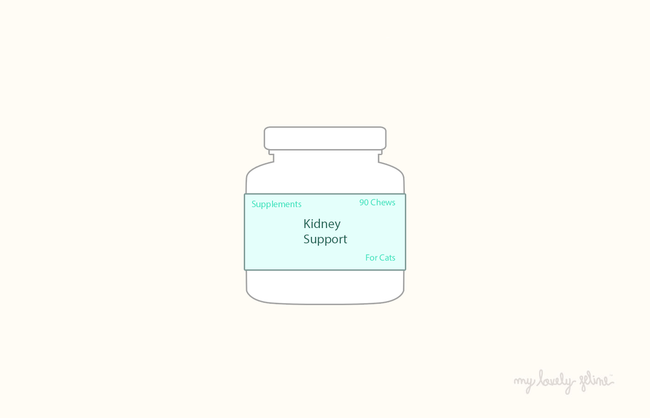|
As a proud cat parent, there’s nothing more important than making sure your fur baby is happy, healthy, and living their best life. Cats are known for their independence, but they still rely on you to catch early signs of discomfort or illness. This guide will walk you through the top 10 things to check regularly to ensure your cat stays in tip-top shape. Trust me—your furry friend will thank you with extra purrs and those adorable slow blinks. |
1. Bright, Clear Eyes
A cat’s eyes can reveal a lot about their health. Healthy eyes should be bright, clear, and free from discharge or redness. Occasional “eye boogers” are normal, but consistent tearing, squinting, or discharge can indicate conditions like conjunctivitis, infections, or even allergies. Sudden changes in eye color or cloudiness may suggest more serious issues such as cataracts or glaucoma.
Pro Tip: If your kitty starts squinting or pawing at their face, it’s time for a vet visit!
2. A Glossy, Well-Groomed Coat
A healthy cat's coat should feel soft and smooth and appear shiny without bald spots or excessive flakiness. Cats naturally groom themselves, and if your kitty stops or excessively grooms (causing bald patches), it could be a sign of stress, allergies, parasites, or other medical conditions. Regular brushing not only helps maintain that glossy coat, but it's also a bonding experience. Who doesn’t love some quality kitty time?
3. Pink, Moist Gums
A healthy cat’s gums should be pink and moist, not pale, swollen, or red. Gums can give an indication of overall health, and changes might point to conditions like gum disease or anemia. Bad breath, drooling, or difficulty eating are also common signs of dental disease, which is prevalent in adult cats.
Cat Parent Hack: If your cat’s breath smells like something died, it’s time to check those teeth (and maybe book a vet appointment for a dental cleaning).
4. Regular Eating and Drinking Habits
Cats are creatures of habit, and any significant changes in their eating or drinking habits can indicate an issue. Cats with increased thirst could be showing early signs of diabetes or kidney disease, while a reduction in appetite might suggest dental pain, gastrointestinal issues, or even stress. Keep track of their meals and water habits to catch any patterns that seem off.
Pro Tip: Their "I’m not eating that" attitude might just be their diva side showing, but better safe than sorry!
5. Clean, Odor-Free Ears
Your cat’s ears should be free of wax buildup, discharge, or foul smells. If you notice your cat scratching their ears frequently, shaking their head, or if their ears seem inflamed, it could be a sign of ear mites, infections, or allergies. A healthy ear doesn’t smell. If your cat’s ears have a funky odor, it’s time to visit the vet.
6. Consistent Litter Box Habits
Ah, the glamorous part of being a cat parent—litter box duty. But those trips to the litter box can actually tell you a lot about your cat’s health. Make sure they’re using the box regularly and that their urine and stool look normal. Changes in color, consistency, or frequency (like straining to pee or poop) can signal urinary tract issues, gastrointestinal problems, or even stress.
If your cat suddenly stops using the litter box, it’s often a sign of distress or an underlying medical problem. Don't ignore it—cats are creatures of habit, and any sudden change is a red flag.
7. Healthy Weight and Body Condition
Maintaining a healthy weight is crucial for your cat’s long-term health. Check if your cat’s ribs are easily felt but not overly prominent. If they’re too thin, they could be suffering from malnutrition, parasites, or illness. On the other hand, extra fluff might look cute, but obesity in cats can lead to serious health issues like diabetes, heart disease, and joint problems.
Purrsonal Advice: Regular playtime is key to keeping your kitty’s weight in check. Bring out those feather toys and laser pointers for some zoomie action!
8. Normal Breathing Patterns
Cats are experts at hiding illness, so one area to keep an eye on is their breathing. Your cat’s breathing should be smooth and unlabored, whether they’re resting or playing. If you notice panting, wheezing, or rapid breathing, it could indicate respiratory issues like asthma, infections, or even heart problems.
If your cat is breathing through their mouth, it’s time to contact the vet immediately. Cats are obligate nasal breathers, so any mouth-breathing could be a sign of something serious.
9. Alert and Active Behavior
Every cat has their own personality, whether they’re a playful pouncing machine or more of a lounging couch potato. But sudden changes in behavior—like increased lethargy, hiding, or aggressiveness—can be a sign that something’s wrong. Cats often withdraw when they’re feeling sick or in pain, so keep an eye on their daily routines.
Take note of their activity level too. If your normally playful cat suddenly seems disinterested in toys or stops doing their daily zoomies, it’s worth investigating.
10. Normal Grooming and Hairball Frequency
While hairballs are part of a cat’s grooming process, frequent vomiting of hairballs or daily vomiting is not normal. This can be a sign of gastrointestinal issues, excessive grooming due to stress, or even a diet that doesn’t support proper digestion.
Cat Parent Hack: Regular brushing can help reduce the amount of hair your cat ingests, and there are even specialized diets designed to minimize hairball formation. Keep an eye on your cat’s grooming habits, and if they suddenly stop grooming themselves, it could be a sign of stress, illness, or arthritis.
Conclusion: Keeping Your Feline in Purrfect Shape
As a responsible cat parent, keeping an eye on these health markers will help ensure your cat stays happy and healthy. Regular vet checkups are essential, but performing these at-home checks will allow you to spot issues early. From shiny fur coats to active behavior, maintaining a healthy routine for your kitty helps them thrive and be the fabulous feline they are.
Sources
Cornell University College of Veterinary Medicine: Cat Grooming and Coat Health
American Animal Hospital Association (AAHA): Dental Disease in Cats
VCA Animal Hospitals: Signs of Illness in Cats
Merck Veterinary Manual: Ear Infections in Cats
Cornell University College of Veterinary Medicine: Litter Box Problems in Cats
PetMD: Obesity in Cats
VCA Animal Hospitals: Respiratory Issues in Cats
American Association of Feline Practitioners (AAFP): Behavior Changes in Cats
Cornell Feline Health Center: Hairball Frequency in Cats




